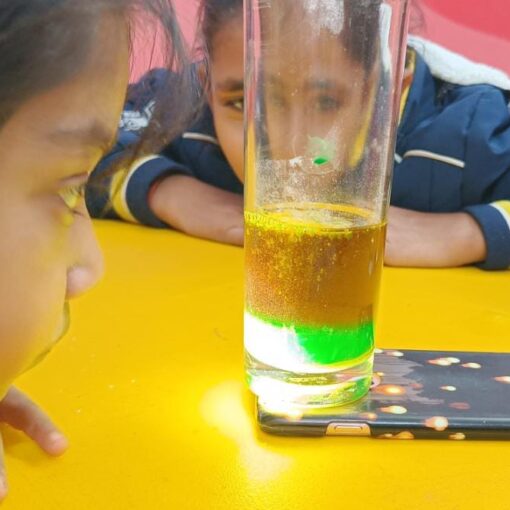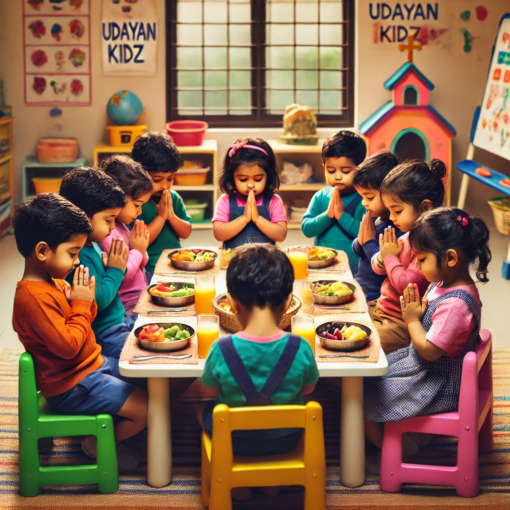
Introduction to Madhubani Art
Madhubani art or Mithila painting, comes from the Mithila region of Bihar, India. It reflects the cultural and religious life of the region. Women originally created Madhubani paintings to decorate their homes. Over time, the art form has gained international recognition.
Explore more cultural activities and learning experiences on the Udayan Kidz Blog.
The Origins of Madhubani Art
Madhubani has roots that go back to ancient times. Women in the Mithila region painted these designs to celebrate life events like weddings and festivals. They used natural pigments such as turmeric and soot to make the paintings. Traditionally, the artwork was done on the walls of mud houses. Common themes included religious stories, mythology, and everyday life.
Key Features of Madhubani Art
Madhubani art is known for its bright colors and detailed patterns. Artists use geometric shapes and bold lines to create their designs. They often feature motifs like flowers, animals, and deities. Peacocks, fish, and lotus flowers are popular symbols in the artwork. These symbols often represent ideas like love, prosperity, and fertility.
Know more about Udayan Kidz Premium Preschool and Day Care Centers
Modern Significance of Madhubani
Today, Madhubani art continues to thrive. Artists no longer limit their work to walls. They now use paper, fabric, and canvas to create these beautiful designs. You can even find Madhubani art on sarees, home decor, and accessories. While modern artists use synthetic paints, the traditional themes and techniques remain intact.
Preserving a Rich Cultural Heritage
Madhubani art plays a vital role in preserving India’s cultural heritage. Artists continue to pass down this tradition from one generation to the next. As more people learn and practice Madhubani art, its legacy grows. This unique art form remains a powerful symbol of India’s rich history and creativity.
Madhubani not only enriches our understanding of Indian culture but also fosters creativity and expression. By embracing and promoting this art form, we ensure its continued relevance for future generations.





One thought on “Madhubani Art: Origins and Significance”